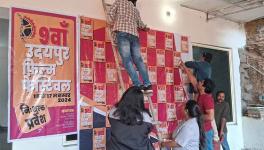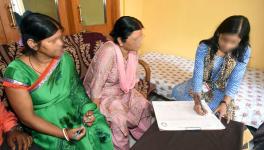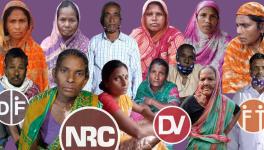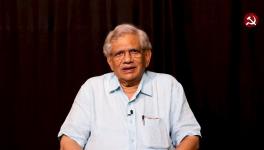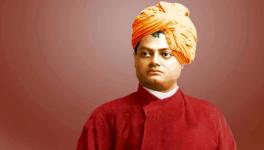Why a Column Titled Aborigines is Needed in Census Forms
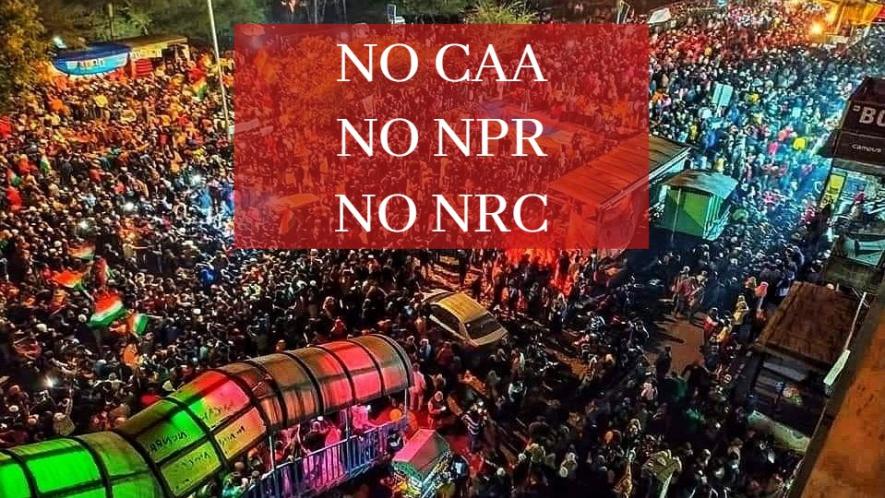
At this moment, massive protests are taking place against the NPR, NRC and the CAA. Concurrently, we are going to begin the process of a decadal census in 2021. The RSS is actively promoting the National Population Register, the National Register of Citizens and the Citizenship Amendment Act. At the same time, the RSS wants Adivasis to register themselves as Hindus rather than ticking off the column marked ‘Others’. As per their spokesperson, many Adivasi groups ticked the column in the 2011 Census, resulting in the population of Hindus coming down by 0.7% to 79.8 %. It is enough of a signal to the Hindu nationalist organisation which is planning on ensuring that Adivasis identify as Hindus during the exercise.
As such, the Rashtriya Swayamsevak Sangh attempts to define Adivasis as Hindus very cleverly. The first formulation was by Savarkar who said that all those who regarded the land east of Indus as their Holy land and Father land are Hindus. The definition left out Muslims and Christians, bringing all others within the ambit of the Hindu fold. From the 1980s, due to their electoral designs, the Sangh has been trying to articulate that all those living in India are Hindus. Murli Manohar Joshi said that Muslims are Ahmadiya Hindus and Christians are Christi Hindus. Recently, there was controversy when they restated that Sikhs are not a separate religion but a sect within Hinduism. Many Sikh organizations stood up to say that Sikhism is a religion by itself and recalled the book of Kahan Singh Nabha titled “Hum Hindu Nahin”.
In contrast to what is planned by the Hindu-nationalist RSS, many Adivasis groups have been meeting for the last couple of years to demand just the opposite. As per them, there should be a separate column by way of which they can identify as Adivasis. There are active campaigns among Adivasi groups to uphold their Adivasi identity in the Census. As per them, the first Census conducted in independent India had a column titled ‘Aborigines.’ They say that it was later removed, forcing them to club themselves with other religions.
After 1951, in addition to Hindu, Muslim, Sikh, Christian, Jain and Buddhist, there was a column titled ‘others’ which was removed in 2011. Even during the Census exercises in the British era (from 1871 to 1931), there was provision for tribes to choose Aborigine as an option. There are nearly 83 religious practices followed by Adivasis, few among these are Sarna, Gondi, Punem, Adi, and Koya. What they have in common is that they are all animists, worship nature and the spirit of their ancestors; they do not have a priestly class or Holy Scriptures and Gods and Goddesses which is characteristic of the broad Hindu pantheon.
As per its political agenda of a Hindu Nation, the RSS regards them as Vanvasi. They pontificate that the Adivasis had been part of Hindu society and were driven away to the forests to escape forcible conversions by Muslim invaders. This concoction is contrary to the interpretations based on the studies from population genetics. The Hindu nationalist argues that Aryans have been the original inhabitants of the country from where they spread to other parts of the World. The book by Tony Joseph titled ‘Early Indians’ tells us that away from the race theory, we are all mixed up. The first inhabitants in our land were the ones who emigrated from South Asia over sixty-thousand years ago.
The Indo-Aryans came here nearly three thousand years ago and they pushed the aborigines to the forests and hills and that’s what constitutes the Adivasi community of India.
Like all the nationalists who construct their nationalism around religion, Hindu Nationalists claim to be original inhabitants of the land, and their interpretations of the past are molded according to it. Right from its beginning, the RSS has not used the word Adivasi, calling them Vanvasi instead. As per its agenda, it wants them to be part of the Hindu fold, despite Adivasis themselves saying that they are not Hindus and that they have beliefs and practices which are far away from Hinduism.
To enhance its political reach, from the lows of the 1980s, the RSS’ work in Adivasi areas has been intensified. While ‘Vanvasis Kalyan Ashram’, part of the Sangh umbrella was formed much earlier, work was intensified by sending more Pracharaks to Adivasi areas. It is seen in the Dangs in Gujarat and nearby areas with Swami Aseemanand; in MP, centered around Jhabua among the followers of Asaram Bapu and in Orissa with Swami Laxmananad stationed there. They saw Christian missionaries working in the field of education and health as an obstacle to the Hinduisation of Adivasis with their propaganda against Christian missionaries leading to the ghastly murder of Pastor Graham Stains. It was this propaganda which led to anti-Christian violence in various forms, the most horrific being the Kandhamal violence of 2008.
In order to culturally co-opt them into the fold of Hinduism, the Sangh began a series of religious congregations or Kumbhs. The Shabri Kumbh in Dangs and many other Adivasi-dominant areas created an atmosphere of fear. Adivasis were asked to be part of it. Saffron flags were distributed and they were made to give the flags pride of place in their houses. Two religious icons were popularised in these areas, one was Shabri and other was Hanuman. To cap it all, Ekal Vidyalayas started spreading the RSS’ interpretation of history in these areas. The other angle to the entire affair is that Adivasis are living in areas rich in minerals which the BJP-supported corporate world wants to take over.
Aborigines face similar patterns of oppression the world over. They are animists and what they practice is their culture. Many have converted to other religions out of choice for sure, but what is important in these matters is self-perception. Hemant Soren, the Chief Minister of Jharkhand pointed out recently: “Adivasis are not Hindus.” Keeping that in mind, the column titled Aborigines needs to find its place in our Census forms.
Get the latest reports & analysis with people's perspective on Protests, movements & deep analytical videos, discussions of the current affairs in your Telegram app. Subscribe to NewsClick's Telegram channel & get Real-Time updates on stories, as they get published on our website.













